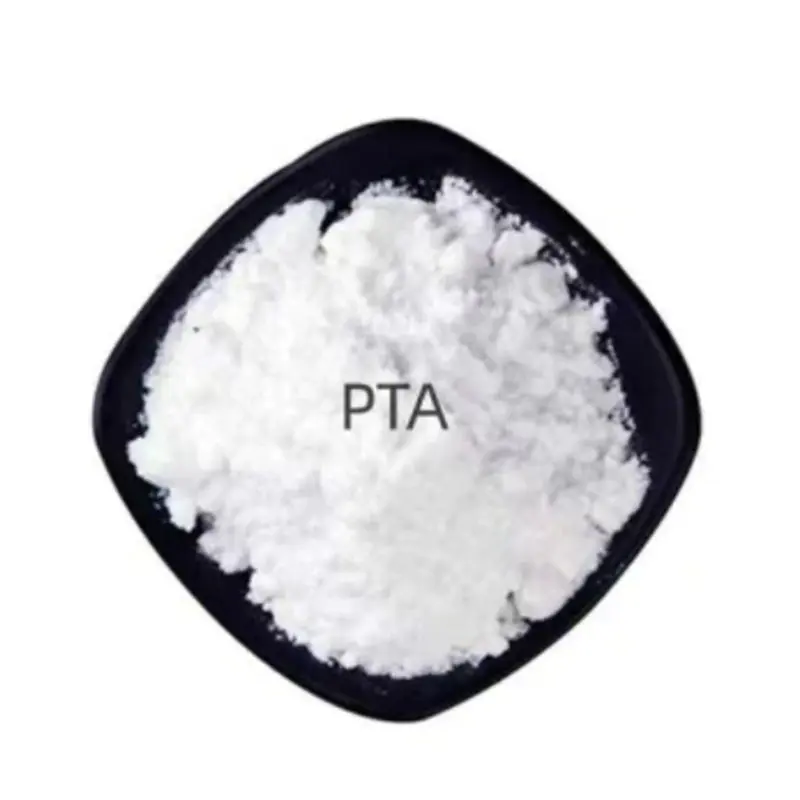Polyester Raw Material in Textiles: How it Transformed the Fashion Industry
2024-11-12
Polyester is a staple in the textile industry, transforming how we think about fabric production, affordability, and durability. As a synthetic fiber derived from petroleum-based raw materials, polyester has brought revolutionary changes to fashion, enabling the mass production of affordable, versatile clothing. In this blog, we’ll look at how polyester raw material is used in textiles and why it has become so integral to modern fashion.
The Role of Polyester in Textile Production
Polyester’s popularity in textiles comes from its unique qualities: it’s durable, resistant to shrinkage and stretching, quick-drying, and easy to care for. This has made it a preferred material for everything from high-fashion garments to everyday clothing and athletic wear.

Key Advantages of Polyester in Fashion
1. Affordability: Polyester is much cheaper to produce than natural fibers like cotton or silk. This allows designers and manufacturers to produce high-quality clothing at lower costs.
2. Durability and Performance: Polyester garments are wrinkle-resistant, highly durable, and less prone to fading, making them perfect for activewear and outdoor clothing.
3. Versatility in Design: Polyester can mimic the appearance and texture of various natural fibers and can also be blended with them to create hybrid fabrics, offering a wide range of options for designers.
The Impact of Polyester on Fast Fashion
The affordability and efficiency of polyester production have enabled the rise of fast fashion, allowing brands to produce clothing quickly and at scale. With polyester, brands can keep up with seasonal trends and make fashion accessible to a broader audience. However, fast fashion’s reliance on synthetic fibers also raises questions about sustainability, as polyester is not biodegradable.
Sustainability Concerns and the Shift to Recycled Polyester
The environmental impact of traditional polyester has led to an increase in the use of recycled polyester (rPET), made from post-consumer plastic bottles. This reduces reliance on new raw materials and offers a more eco-friendly alternative for the fashion industry. By using rPET, brands can address some of the environmental concerns associated with polyester, such as reducing plastic waste and lowering greenhouse gas emissions.
Polyester Blends: Combining Comfort and Performance
Polyester is often blended with other fibers, like cotton, to create fabrics that offer the comfort of natural fibers with the durability and easy care of synthetics. Common blends include:
- Poly-cotton: Adds strength and wrinkle-resistance to cotton.
- Poly-wool: Offers warmth and wrinkle-resistance, ideal for suits and outerwear.
- Poly-spandex: Adds stretch and flexibility, commonly used in activewear.
Conclusion
Polyester raw material has had a profound impact on the textile industry, making fashion more affordable, accessible, and versatile. While there are environmental challenges associated with its use, innovations like recycled polyester offer promising solutions. As we look to the future, polyester’s role in sustainable fashion will continue to evolve, blending affordability and responsibility in the modern wardrobe.


